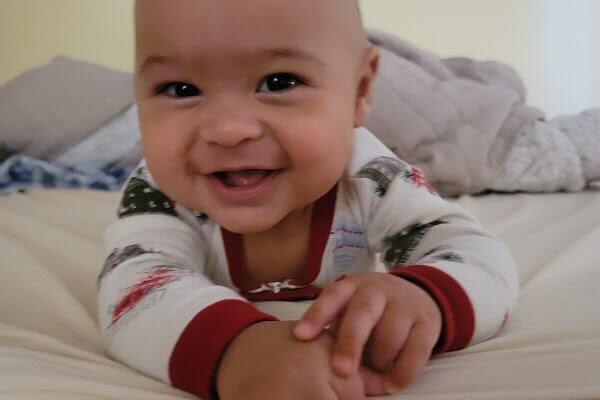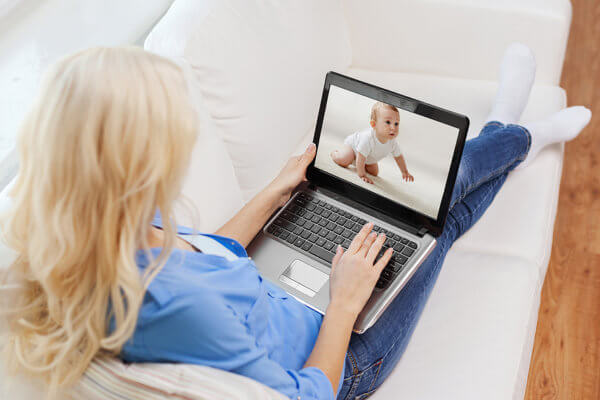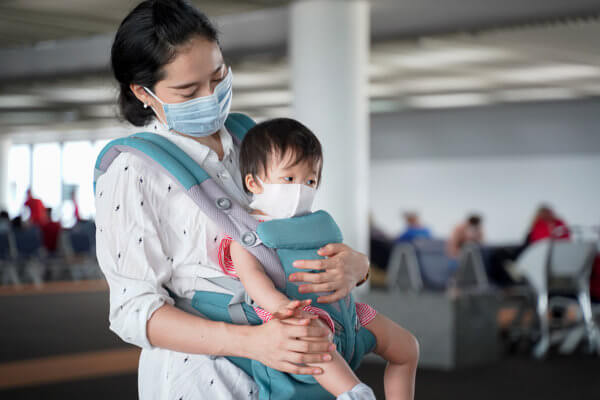By Stacy Whitman
It’s hard to believe, but a baby spends more time asleep than awake during his first year of life, making helping your baby sleep safely essential. You’d think there would be no safer place for him than a baby crib mattress or bed, bet each year, thousands of American babies die from Sudden Infant Death Syndrome (SIDS) after being put to sleep in one by a loving parent or trusted caregiver.
The good news: You can help you baby sleep safely and significantly reduce the risk to your child by taking some simple precautions (and making sure his other caregivers do, too!), says Rachel Moon, MD, a pediatrician, SIDS researcher and lead author of the American Academy of Pediatrics’ newly updated guidelines for sleep safety.
How to help your baby sleep safely
One of the major changes in the AAP’s recommendations to help baby sleep safely involves those adorable bumper pads that adorn countless cribs. While cute-looking, they’ve been linked to a number of accidental infant deaths, prompting the AAP and other authorities to say they shouldn’t be used. Because of the risks, the city of Chicago recently banned the sale of crib bumpers, and the state of Maryland has proposed the same ban. More local and state governments are expected follow suit.
Another commonly used crib product that’s gotten the official ax is the infant sleep positioner, which won’t help your baby sleep safely. Over the past 13 years, as many as 12 infants (ages 1 to 4 months) have suffocated because of it, says the U.S. Consumer Products Safety Commission (CPSC). To help your baby sleep safely, her crib should be free of all soft objects and loose bedding (such as pillows, blankets and plush toys) because they could lead to suffocation.
Cribs with certain characteristics also can pose risks: Drop-side rails, for example, have been blamed in the deaths of at least 32 babies in the last decade, according to the CPSC. This is why (as of last June) cribs with this feature are no longer being manufactured and sold in the U.S. Before purchasing any crib, make sure it meets the safety standards of the CPSC, the Juvenile Product Manufacturers Association and the ASTM International (formerly the American Society for Testing and Materials), which will help your baby sleep safely. It’s better to use a new crib, if possible, as older ones may not meet new safety standards and are more likely to have missing parts or be assembled incorrectly. If you do plan on using a secondhand crib, examine it closely to make sure it’s in good working condition (no loose components or broken slats) and contact the manufacturer, or check the CPSC website to determine whether it has any safety issues.
When it comes to helping your baby sleep safely, Moon sums it up perfectly: “The safest sleeping environment for infants is in a safety-approved crib with a firm mattress and tight-fitting sheet, with the baby sleeping on his back.” Follow her advice, and your sweet little thing should rest easy—as will you!
More from New Parent: More SIDS-fighting Tips
The latest guidelines for safe slumber.



